

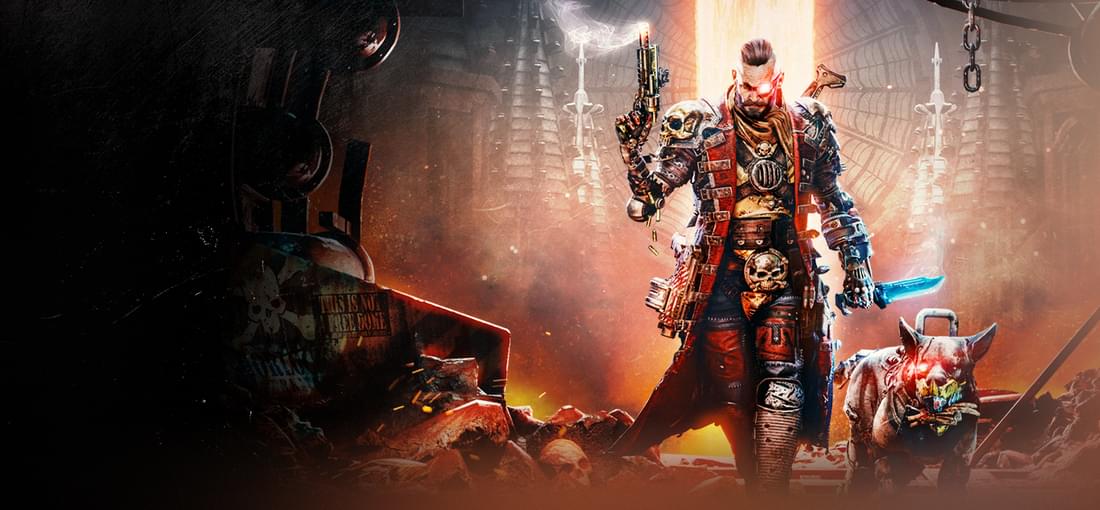
Hired Gun is an overambitious, unfinished, weirdly designed mess. The enemies behave like multiplayer bots. The way the weapons are balanced and upgraded does not always make sense. It has bad side missions that recycle levels. Melee is ridiculously overpowered. The menus are tedious to navigate. It has many technical issues. Also, I love most of it. This game is like an ugly kid who can nevertheless play multiple instruments very well: it’s revolting in many ways, yes, but what it’s good at (kinda) makes up for it. For all its faults, N:HG just feels RIGHT to play! The guns feel so powerful and satisfying you’ll almost forget how bullet-spongy your foes tend to actually be. The needlessly huge and complex levels can play out in a variety of ways depending on the paths you take, especially due to the excellent movement palette, which borrows from every fast-paced FPS in recent memory, from Doom Eternal to Titanfall. Dashes, double-jumps, grappling hooks… it has them all, and it’s pretty fantastic to have a character so fast and mobile, although performing these moves is not always a reliable way to dodge attacks. N:HG is a game where you can run on walls while shooting dudes in slow-mo with a .75 machine gun, then sic a cyborg dog on the survivors… And if that doesn’t sound like fun, I don’t know what does. It also captures the WH40K vibe well: the story isn’t gripping and not every level looks equally gorgeous, but the colorful character designs and the many awe-inspiring set pieces overall do a great job of immersing the player in the grim darkness of this far future. By now Streum On is renowned for making fun but clumsy games that throw a lot of crap at the wall and hope some of it stick, so N:HG is totally-on brand for them. Whether you’ll love or hate it will boil down to personal taste: it’s a very entertaining and replayable mess that I won’t recommend to everyone, but is absolutely worth a shot if you like fast-paced shooters and can tolerate some jank.
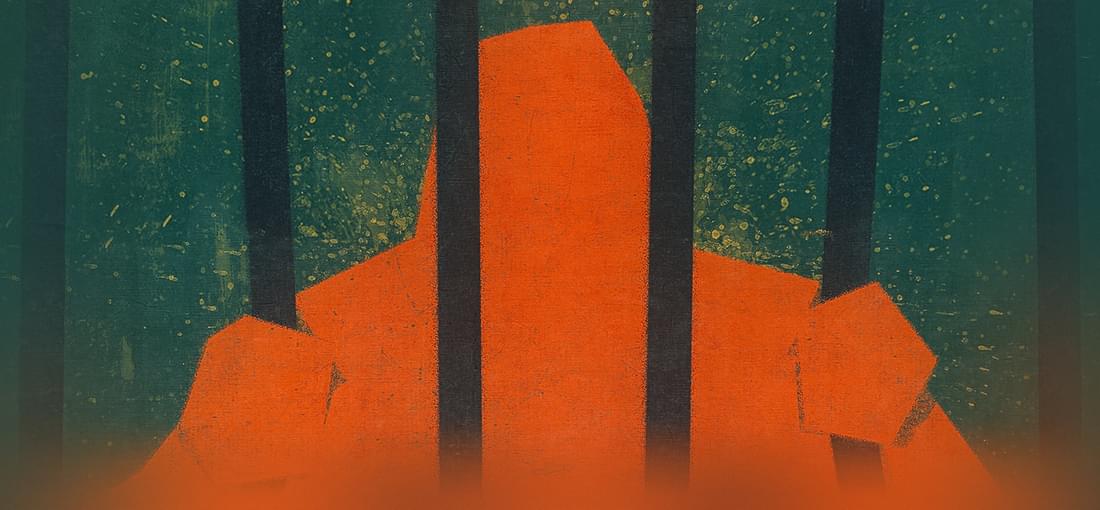
The main selling point of Ape Out is clearly its unique and breathtaking art direction. There are definitely a lot of good vibes here: everything is made of simple shapes and bright colors, put to great use to create evocative environments and vibrant, satisfying visuals. It’s also pretty cool to hear the game “improvising” a jazz soundtrack based on the rhythm of the on-screen combat. The controls are perfectly serviceable and satisfying in spite of (or perhaps thanks to?) their minimalism. You can punch, grab and run, which is more than enough for a game where you play as a giant gorilla who turns its enemies into puddles of blood. It’s pretty hectic, and there even is a surprising amount of depth to be found in the gameplay: the enemy types are quite varied in their armament and behavior, and each of them can have their weapons turned against other assailants! Yet, despite its undeniable qualities, I have mixed feelings on Ape Out... To be precise, I'm not a fan of its randomly generated levels. I get that this is a way to amp up the challenge in an otherwise short game, and frankly I’m biased against procedural generation so take my complaints with a grain of salt... but to me, not only do most of the environments lack groundedness (which is fine considering how stylized they are), those labyrinthine places are just sort of bland and uninteresting to go through. You’ll usually find the exit very easily by going in the straightest line possible, and there’s nothing to be gained by exploring. The difficulty is also pretty random: sometimes, you’ll find yourself facing five gunmen with nowhere to take cover, before reloading the level and finding it almost devoid of enemies. In the end, I probably won’t replay Ape Out again and really think it may have benefited from having hand-crafted levels... But it’s an art piece first and foremost, and a compelling and unique experiment which I would definitely recommend to those interested in weird indie games.
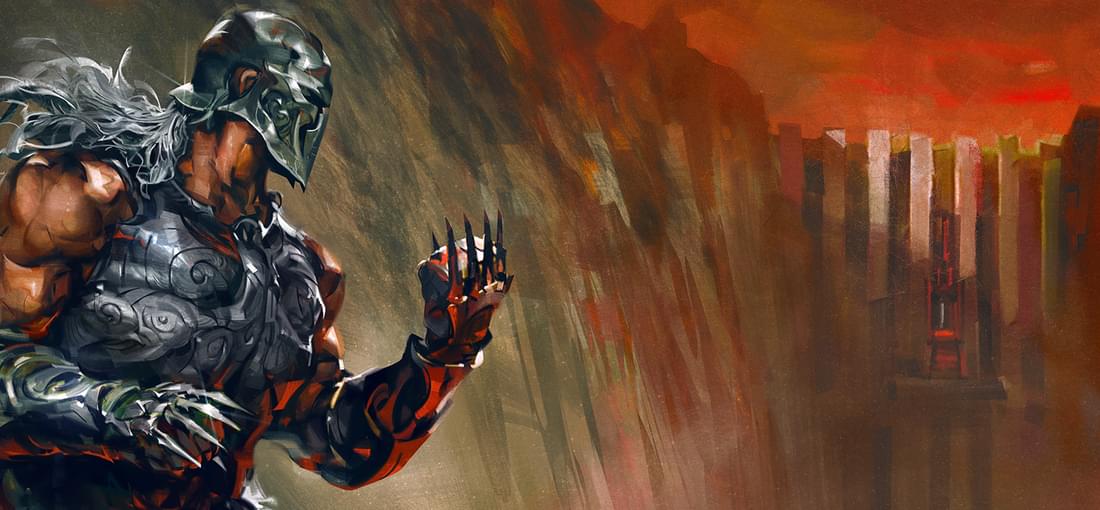
If you liked Amid Evil, The Black Labyrinth will be more than satisfying. Everything that made the original campaign so good is back in full force... and even arguably slightly better. The difficulty level is still reasonably challenging, never truly unfair or frustrating: the enemies are numerous, but each of their attacks can be dodged if you pay attention. As expected since the base game had a different enemy roster for each episode, every foe you’ll encounter in this DLC is new and engaging to fight, due to interesting movesets and quirks! The levels remain of a commendable quality: they’re very fun to go through, varied in their visuals and layouts, and not overwhelmingly complex – plus, the narrow suspended walkways that could be annoying to navigate in the main campaign are almost completely absent :). This expansion relies notably on sprawling environments: the levels are all pretty huge awe-inspiring, the downside being that finding secrets in these gigantic spaces can be a bit of a chore... Visually, the game still leans heavily into fantastic and highly distinctive aesthetics mixing bizarre fantasy, low-poly, and psychedelia. Each level is once again a symphony of shapes and colors, further cementing Amid Evil as one of the most gorgeous and unique-looking shooters on the market… and I’m very much including AAA titles. My favorite parts of the DLC might be the additions to your arsenal. While the weapons of the main campaign didn’t enthused me all that much, TBL fixes that with two incredibly badass new toys: the gauntlets and the Voidsplitter, both of which feel straight out of some insane anime and are very satisfying to use... although you won’t do it too often, the first being a risky melee attack and the second always low on ammo. The only issue of TBL may be its (relatively) short length, being maybe one third as long as the main game. Still, it’s a really good expansion that you should definitely play if you had fun with the campaign!
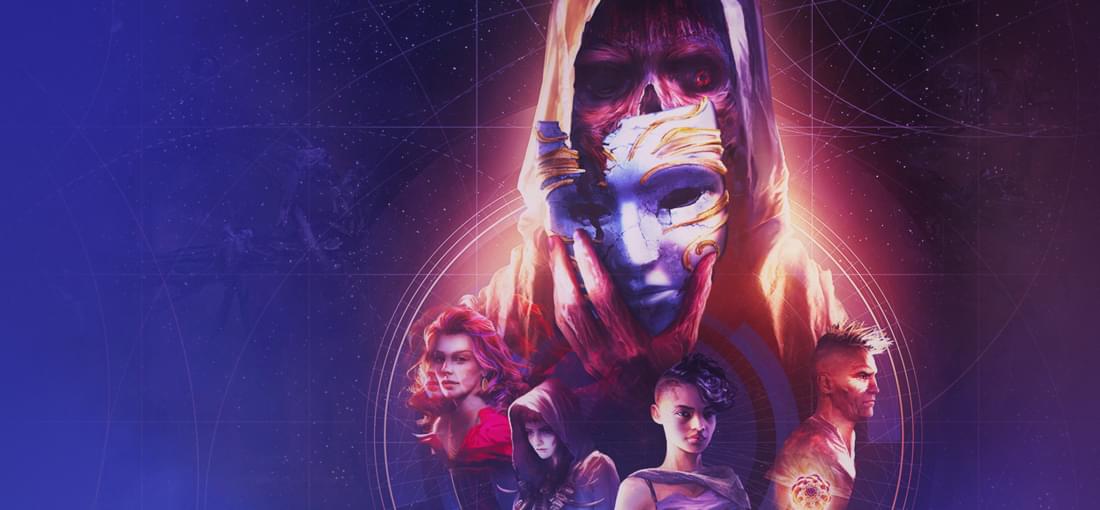
I understand why Tides of Numenéra got a mixed public reception. The game is almost entirely marketed around it being a spiritual sequel to Planescape: Torment, which I think raised expectations too high and incited negative comparisons – it doesn’t help that it feels too similar at times, especially in its first few hours. But in the end, while T:ToN shares the premise, isometric perspective and esoteric writing of PS:T, it manages to find an identity of its own and is fully successful as a text-heavy, story-based RPG. The writing is consistently good and goes to great lengths to immerse players in the strange universe of Numenéra. Each time you take a step in the game, you’ll be exposed to a different aspect of its fantastically weird sci-fi worldbuilding and unique aesthetics, while each quest you undertake is a tangled of web of unique characters, unexpected twists, irreversible choices, and chances to build the personality of the protagonist. The roleplaying isn’t the strongest I’ve seen, but it does a good job of making you feel like your decisions are shaping the hero's fate and the world around them – notably through a very interesting alignment system. Gameplay-wise, the combat system has interesting mechanics but is a slow mess – thankfully, hostiles encounters are rare and can often be solved through lateral thinking or even avoided entirely. Some game design issues are hard to forgive: for instance, allies only gain XP when they’re in your party, and it’s not always clear when you’re about to reach a point of no-return in the story. Despite their jankiness, I enjoyed a lot of the mechanics - like how points can be spent for each skillcheck. In the end, I can only recommend T:ToN. It’s derivative, yes, and those who want an experience truly reminiscent of PS:T should probably play Disco Elysium or Tyranny instead... but it’s nevertheless a unique, high-quality RPG with good writing, many memorable moments and characters, and a lot of replayability.
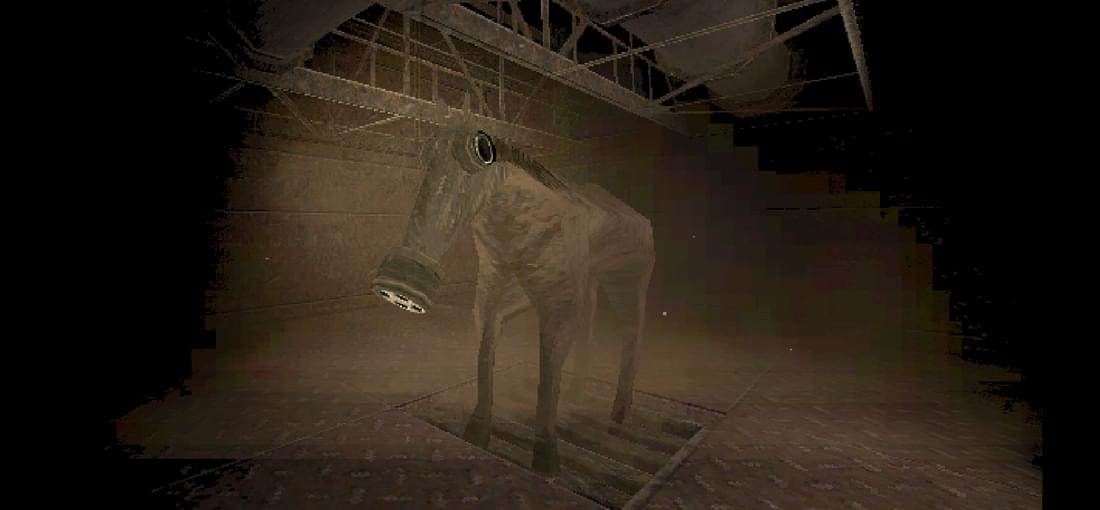
Crafted with love and talent by a single guy, HROT is a great entry in the ever-growing list of modern throwback shooters. The combat is perfectly serviceable: the fast running speed makes for hectic hostile encounters, most of the weapons are simple, satisfying and find a role to fill... and the numerous enemy types are interesting to fight, each having their own strengths and weaknesses (some are plain annoying though, but used sparsely in the campaign). It’s a fairly challenging game especially in superior difficulties, with even basic mooks being able to ruin your health if you’re not careful… But even at its toughest the game is fair, as the levels usually leave you enough room to dodge projectiles, or at least good spots to take cover. Speaking of which, the level design is consistently great. Taking cues from Quake, Chasm and Duke Nukem, It’s very non-linear and fairly complex, encouraging you to explore every nook and cranny - but never too esoteric nor complicated enough for you to get lost or stuck on a puzzle. The Eastern European environments that serve as a backdrop are surprisingly full of interactivity, and fairly believable. Indeed, HROT’s dark, gloomy (and oftentimes frankly wacky) portrayal of a decaying Soviet state filled with strange enemies is a sight to behold, and a good enough reason to play it. Its atmosphere is not hindered by its graphic simplicity: it’s not going to win any beauty contests, but you have to respect its sense of detail, unapologetic use of gray-brown colors, and period-accurate visuals - it has pretty much no fancy modern effects and looks straight out of 1997. Is HROT one of the best boomer shooters on the market?… Not really: it’s overall quite basic, and a lot of its counterparts have deeper and more satisfying mechanics. But you have to play it anyway: it’s a fun, unique romp with a surprising lot going on. Despite its simplicity, it won’t bore you for a single second and will keep you involved until the very end.
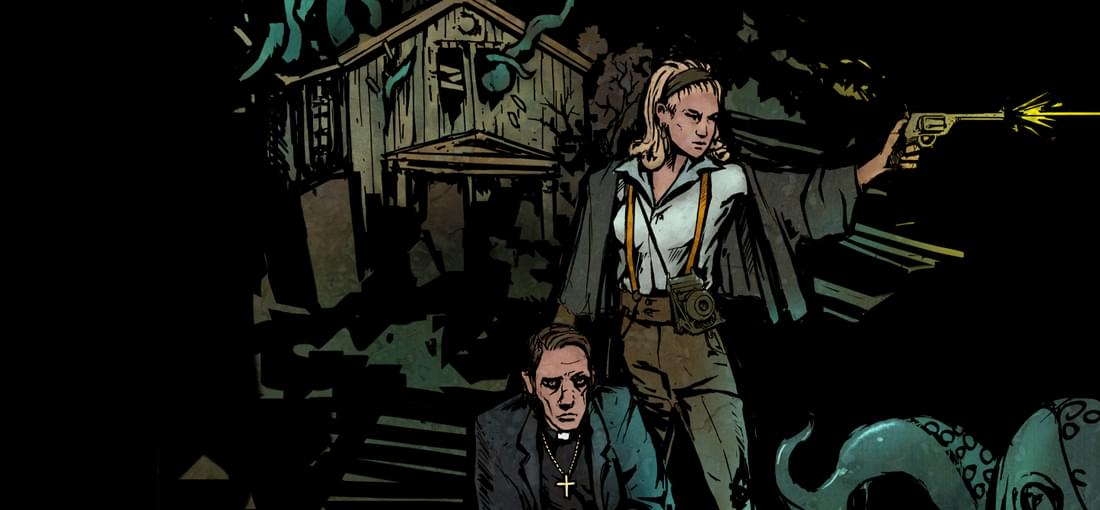
Forgive Me Father is a solid and well-crafted shooter. The first thing of note is that while it’s not all that well optimized, FMF has a lot of artistic flair, and makes great use of a stylized mix of highly atmospheric 3D environments and gorgeous hand-drawn 2D sprites straight out of a Mike Mignola comic. Of course, you’re more likely to play it for the combat, which is pretty damn satisfying. FMF is a deliciously gory arena shooter all about blasting legions of gross monsters in the face with powerful weaponry – something you don’t see often in Lovecraftian games! Most of the guns feel pretty great to use and each enemy type has its own attack patterns and weaknesses to exploit, making combat encounters consistently engaging. FMF also spices up its retro formula with more modern additions: its cool upgrade system adds some depth to the game (not to mention it makes your weapons comically awesome), while its two playable heroes each have their quirks that come in handy during firefights. Sadly, there are some approximations in the game design. It tends to overrely on pitch-black environments as a cheap way to amp up the tension, and while the combat mechanics are good, oftentimes the level design does not jam particularly well with them. Much of the game indeed takes place in tight spaces, making it hard to dodge projectiles and to take full advantage of your character's high mobility. Some fights get very frustrating, especially in the few last levels since the enemies are really tough at that point. These issues would be easier to forgive if the save points weren’t so scarce: each level only has one or two, so dying often means losing a lot of progress! In the end, in spite of its imperfections, FMF is a good game and I would very much recommend it to fans of fast-paced shooters. A sequel is already in the works, and if the devs learn from the few mistakes of this first installment while expanding on its many qualities, it will no doubt be a fantastic romp.
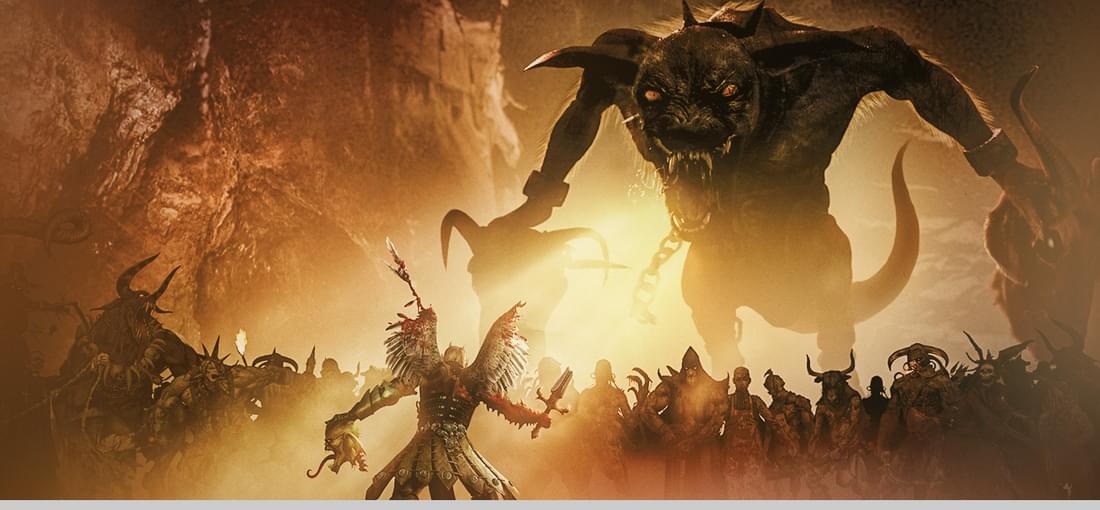
The original Painkiller is one of my favorite shooters: while not flawless, it’s an unapologetic slaughterfest filled with satisfying weapons and blood-pumping fights. I was equally excited and dubious about playing this standalone expansion, which suffers from a mixed reputation. And… I can totally see why that is. It has everything that was good in the first game, the badass guns, the arenas, the hordes of enemies, the blissfully repetitive gunplay… But it also doubles down on everything that was bad. Painkiller had few healing items? In Overdose they’re barely existent. Painkiller had some unbalanced enemies? Overdose has them in droves. Painkiller had long loading times? In Overdose, they’re straight-up excruciating. Yet, this is not that bad a game. Overdose reproduces enough of what made Painkiller so good for it to be worth playing… In the right circumstances. Once I swallowed my pride and resolved myself to play on a lower difficulty than usual (Insomnia instead of Trauma), I had quite a bit of fun battling my way through it. Most of the new enemies are interesting to fight and a pretty good job was done with the weapons: the reskinned ones feel even better than Painkiller’s, while the new guns are creative. Plus, the game nails the atmosphere. The weapon design, the look of the enemies, the set dressing... It’s very imaginative and feels visually and tonally consistent with Painkiller, while also having its own vibe. Frankly, the aesthetics of Overdose are just plain cool: you can’t really say no to a game that lets you play as a wisecracking demon-angel hybrid, fighting on asteroids and wielding a shotgun that uses bones as ammo. In short, Overdose is a very flawed game that started as a fan-mad mod, and definitely ended up feeling like one... But it’s not all that bad, I think. It’s not great, but it’s well-priced and playable enough to be worth a shot – at least, if like me you’ve played through Painkiller dozens of times and can’t get enough of it.
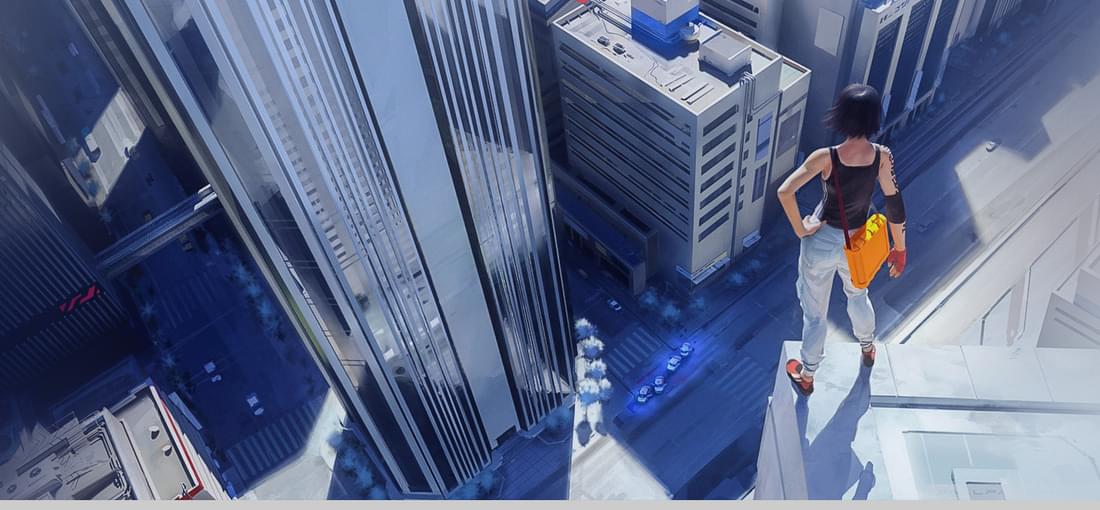
Mirror’s Edge’s influence is still felt to these days, and for a good reason: It was one of the first games to nail first person platforming, something not a lot of games did well in the 00s. The controls are indeed smartly designed and easy to get a hold of, and the movement palette of the heroine is well utilized. ME wants you to make quick decisions on the run, and constantly encourages you to improvise your way through levels. If the idea to try out a specific path crosses your mind, chances are it will work! There is a “runner vision” option meant to help you find your way more easily, but the level design is good enough for you to do away with it. ME is however not flawless, having a few awkward moments where the path to follow is unclear and/or the controls prove to be a bit lacking - the last few levels rely notably on trial and error. And while you’re typically encouraged to run past enemies rather than engage them, in the few instances where fighting is your best bet for survival the combat just seems kind of weak and annoying. These issues are encountered only on occasion, and for me at least the game works well enough the rest of the time that it’s not such a big deal. Apart from gameplay considerations, ME has a fantastic sense of aesthetics, with its eerily clean and colorful dystopian world. This type of art direction has not been seen much outside of this series, making it visually unique to this day – the quality of the textures and 3D models is also top-notch for its era. The story, while predictable, is decent and well-told, but end suddenly and teasing a sequel that has never been released. Frustrating. In the end, while Mirror’s Edge might be a bit unrefined by today’s standard, it’s still a lot of fun… and worth playing for its “historical” value alone, having since then inspired many games from Dying Light to Titanfall. Its cult status and short length make it an excellent pick if you want a good game to play over the course of a weekend.
At first glance, Rise of The Triad 2013 seems pretty fun. I mean, It’s a fast-paced shooter with an unapologetically cheesy vibe, featuring old-school level design and powerful weaponry that lets you turn dozens of goons into piles of guts, what more could you want? Yet, while it held promise, I found ROTT 2013 to be hard to enjoy, as its gameplay is… kinda bad: indeed, while this game commits itself to emulating mechanics from its predecessor, those turn out to be either poorly imitated or straight-up backwards and irritating. The way the weapons handle is disappointing (even some of the most devastating ones lack a good sense of impact) and depending on their numbers and placement, the enemies are either boring or frustrating to fight, with little-to-no in-between. They are dumb, stilted, unresponsive, bullet-spongy, don’t seem to receive increased damage from headshots… The gunplay simply isn’t fun. The boss fights are also terrible. On top of its sloppy combat, the game accumulates small issues that further tarnish the experience, being notably buggy and poorly optimized. I genuinely struggle to find something positive to say about this whole mess… I’d argue that the level design is full of fun secrets and mostly decent (provided of course you ignore the bad enemy placement, annoying booby traps and dreadful platforming sections). The graphics are okay, and the music is good. Sadly, none of these few qualities redeem this mediocre reboot, which often plays like the first Unity project of an amateur developer. It’s a game that understands the quirks that made retro shooters so fun, but fails to implement them properly: I’ve played a lot of FPS games at this point, many of them classics, and this is pretty much the worst! At release, maybe ROTT 2013 felt like a breath of fresh air for the boomer shooter crowd... but ten years later, there is a whole market of better alternatives out there, and absolutely no reason to revisit this particular one. Stay away!!!
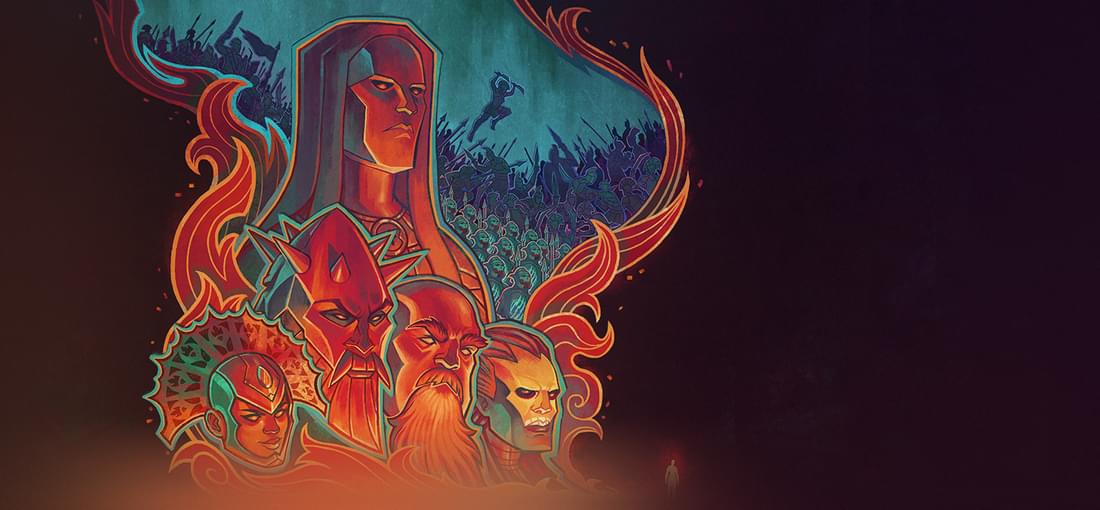
Bad news: the villains have conquered the world. Good news: you’re on their side! Tyranny has a great concept for an RPG: it’s a tale that has brutes and psychos as main characters, heroic rebels as antagonists, and offers provoking thoughts on the nature of dictatorship, evil and power. The game fully embraces its dark and unconventional premise, putting you in the shoes of a high-ranking officer from the get-go and allowing you to shape the world around you through your words and actions. The wide variety of dialog options lets you take different story paths and interpret your hero as you see fit: while you can play as a “benevolent tyrant” of sorts, behaving as an evil jerk and sowing fear everywhere you go is a valid and often rewarding option! The story is great overall. The world of Terratus has distinctive aesthetics, is detailed and credible, and is populated with well-rounded and unique characters. Some of the most psychotic companions even manage to end being strangely likable, which should tell you something about the quality of the writing. I don’t have a lot of bad things to say about Tyranny. While it has been criticized for being short, it will last for a good 40-50 hours if you don’t rush through and is very replayable. At worst, it has a lot of content and fairly complex game mechanics, which can get overwhelming: you’ll need to keep an eye on a number of parameters including your party’s equipment, consumables, spells, skills and interpersonal relationships, as well as manage strongholds, oversee how each faction treats you… The combat system is also in-depth. It took me a little while to get comfortable with it all and learn to enjoy it, so it’s not a game I’d recommend to anyone. In the end, Tyranny’s mechanics are as deep as its writing, and it really delivers upon its simple yet great twist on roleplaying games. It’s not just a power fantasy where you get to be the bad guy; it’s a fantastic RPG that I would recommend to any fan of the genre.